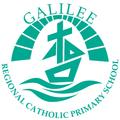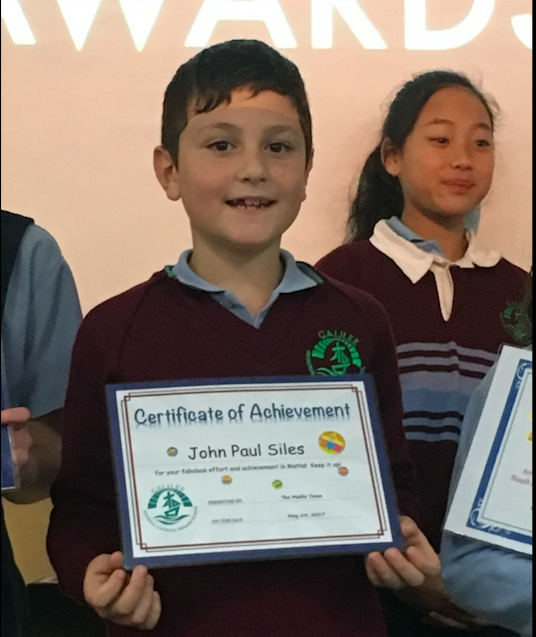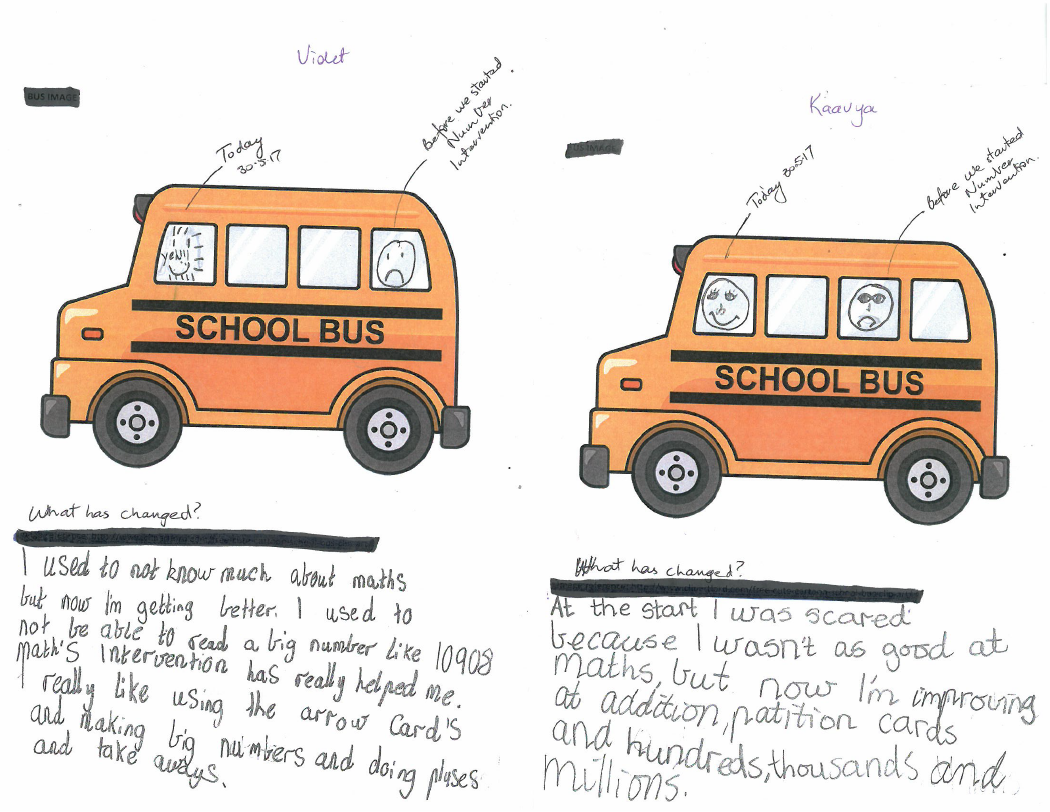Learning and Teaching

Maths at home
Geometry Treasure Hunt Oh no!
Someone has taken the polygons from the maths books and hidden them in the environment. It’s your job to find the polygons or shapes!
You need to use the following apps to complete this challenge:
Follow these instructions:
1. Look for polygons (3-6) shapes (P-2) around you. You can search inside, outside, at home, at school, or anywhere!
2. Ask Mum or Dad if you can use an iPad or iPhone to photograph the polygons/shapes.
3. Now use the Explain Everything App on your iPad/iPhone to help see the polygons/shapes you have found. You need to trace over the polygon/shapes, and explain everything you know about the particular shape. For example, what is it's name, and what do you know about it? (Think about properties such as it's sides, angles, diagonals, and symmetry)
4. Include the following reflection questions in your Explain Everything presentation:
• How many polygons/shapes did you find?
• Were there any you didn’t find?
• How do you know?
• Were any of your polygons irregular? (seniors students)
• Were any of your polygons tessellating? (senior students)
Ask your teacher if you can share your work with them.
Number Intervention
Congratulations to John Paul (3R) and Claire (3C) for their awards for exceptional effort and improvement in Maths!
Violet (3R) and Kaavya (4G) completed these evaluations of their work in Number Intervention this semester:
At the end of this term, the eight children with whom I have been working will complete their intensive Number Intervention programme. I am very proud of the achievements of each of them and look forward to continuing working with them once a week next term, as they continue to grow in confidence and love of Maths within their classroom settings.
In Semester Two this year, the training I am completing in Number Intervention involves working with students from Years One and Two. I look forward to working with the teachers and children from the Junior School to identify areas of need and increase levels of achievement in Maths!
Below are some ideas that you can use with your children at home to develop a strong basis for Number. In each newsletter, I will include a progression of activities – with daily practice, counting and patterns should become automatic. Here’s to helping our kids grow in confidence in Maths!
Counting:
- Count forwards and backwards by ones, tens and hundreds to 1000 and beyond.
- Write some of the number sequences, forwards and backwards. You can write them in a ladder (Start at the bottom for forwards sequences and at the top for backwards sequences.)
Patterns:
- Continue to use buttons, blocks, shells or other objects to partition the numbers 6, 7, 8 and 9: Practise until the combinations for each are automatic!
- Dice game to practice combinations to 10 (or 9, 8, 7, etc): Throw a die. Your child must read the die and then say the number which makes it up to 10 (or 9 or 8, etc). eg: Throw a 6 with the die. The child reads the die and says the complement to 10: “6 and 4 make 10”. Have your child write out the combinations as sums (6+4=10). (Using a 10-sided die is a great way to play this game, though a 6-sided die will do!)
Jane Ferris
jferris@gsmelbournesth.catholic.edu.au
The Victorian Curriculum
This year all school across Victoria have implemented the Victorian Curriculum.
The Victorian Curriculum F–10 sets out a single, coherent and comprehensive set of content descriptions and associated achievement standards to enable teachers to plan, monitor, assess and report on the learning achievement of every student.
The new curriculum includes a strong focus on the foundational skills of literacy and numeracy and on personal and social skills, thinking skills and new areas of learning such as computational thinking.
At Galilee we are integrating STEAM subjects - Science, Technology, Engineering, Arts and Mathematics into our inquiry units.
The new Digital Technologies curriculum has been taught in ICT lessons and in the classroom where many of our students have been involved in learning about coding.
The reports that will be emailed home to families soon will reflect the achievement of students against the new Victorian Curriculum. If you would like to learn more about the curriculum please visit the following website:
- VCAA – Victorian Curriculum





